Bring Tagine Cooking to Your Kitchen
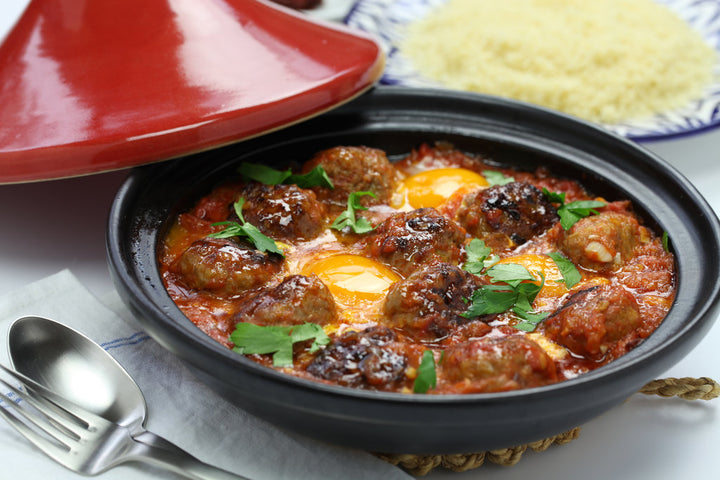
Hearty stews, flatbreads, flavorsome curries... these are all staple dishes in North African cuisine, which is extremely underrated on the global eating scene. These dishes are a great way to bring the world to your kitchen.
If you want to try your hand at cooking authentic tagines and other North African food at home, purchasing the right cooking devices is essential.
Moroccan-style tagines are pots that can be used to cook a variety of stews and other dishes. Because of their unique features, these utensils have been used throughout the centuries in North Africa; and they are still extremely popular in the region today.
What is a tagine?
A tagine is a large but shallow ceramic or clay pot that comes with a conical lid. The shape of the lid traps moisture efficiently, so it circulates around the vessel, keeping the food succulent and retaining the flavor. The result? Delicious, slow-cooked, North African stew. Once you've tried cooking with a tagine, you'll be hankering after this delicious moistness in every meal.
The vessels and the dish have been around since ancient times, but have evolved over the centuries to become what they are today. They are still commonplace in Morocco and other North African and Middle Eastern countries, with adaptations from, but still largely resembling the originals.
What do you cook in a tagine?
A tagine is both the cookware and the dish that is cooked in it. Tagine food, otherwise known as Maghrebi, is a slow-cooked stew made with meat, poultry, fish, or vegetables with spices, fruit, and nuts. A small hole at the top of the cookware's lid periodically releases some of the steam, to make sure that the food does not get too soggy.
Tagines are normally shared dishes served with lots of flatbread; the tagine vessel will sit in the middle of the table and families or groups will gather around, using fresh bread to spoon up the ingredients. Eating in this way brings a great social element to mealtimes!
Tagine recipes are the most popular dishes made in these types of cookware, but that certainly doesn't make this cooking device restrictive. You can use all sorts of different ingredients to make each tagine unique - just think of your ideal combination of vegetables, meat, fish, and pulses, and go from there! With so many different combinations, you could make a different one each week and not get bored.
However, tagines can also be used for other slow-cooked meals. Use this ceramic to make Shakshuka, a breakfast dish that is eaten widely across the Middle East and North Africa. It consists of eggs in a delicious tomato sauce and is mopped up with lots of bread. You could even move away from African food and use your tagine to make a delicious Indian curry or a European-style stew. The possibilities are endless!
How do you cook in a tagine?
Tagine cooking can seem daunting, but it's actually very easy to create delicious one-pot meals with these gorgeous pieces of cookware. If you are wondering how to cook with a tagine, read on as we'll go through it all!
The most important part of learning how to use a tagine is knowing the importance of seasoning. Depending on the material used in the tagine, there is a good chance that it will need to seasoned periodically throughout its life. This is especially the case for cast iron cookware. Cast iron is generally much more durable and long-lasting when properly cared for. Seasoning strengthens and seals the cast iron, and adds a non-stick layer so that you never have to worry about your food sticking to your tagine.
To season a tagine, follow these simple steps. It's not complicated, but the process does take some time, so it's best to do it when you are at home for a number of hours.
Seasoning a cast iron tagine:
- Make sure that the tagine is fully dry and using a paper towel or cooking brush coat the tagine with vegetable oil all over (inside and outside).
- Put the tagine into a cold oven and then turn the temperature on to 300°F.
- Leave the tagine in the oven for two hours.
- Turn the oven off and leave the tagine in there, waiting until it is completely cool before you remove it.
- Wash the tagine and brush it with olive oil before its first use.
Once your tagine is seasoned, you are ready to cook!
While tagine recipes can vary greatly, here are some simple steps to bear in mind every time you make a Moroccan tagine:
- Create a base layer - tagines nearly always have a base of onions, celery, or carrots with garlic. The base layer serves to make a bed for other ingredients, so they don't stick to the bottom.
- Add a layer of olive oil.
- Arrange the main ingredient - whether that be lamb, chicken, fish, vegetables, or tofu - to the center of the base layer. Then put any extra vegetables around the main ingredient.
- Season all of the ingredients - add spices, like cinnamon, turmeric, cilantro, or cumin, to all of the ingredients that are in the tagine so far.
- Add garnishings and more vegetables - you might want to layer your vegetables and create a conical shape, mimicking the shape of the tagine. You'll also want to add garnishes, like herbs or more flavorful fruits and vegetables. Apricots are the traditional fruit served with tagines, but be creative! Tagines aren't stirred during cooking, so make sure that your dish looks how you want it to at this stage.
- Add your liquid; this is normally water, stock, or broth.
- Remember to use a diffuser when cooking on the stovetop.
- Let it simmer on a low heat for the required amount of time -this largely depends on what food you are cooking.
And voila, delicious, authentic tagine for all the family!
How to clean a tagine
Once you've finished your tagine cooking, you're going to want to know how to clean it properly.
Once your tagine cookware is cool, warm water and baking soda is generally sufficient to hand-wash a tagine. When it is clean, it should be fully dried and once again brushed with olive oil before storing it. When storing, don't put the lid on fully - this gives a better circulation of air.
You can use salt or steel wool for any stubborn remains of a tagine that are stuck to the bottom.
Can you cook a tagine in the oven?
Although they were traditionally cooked on an open fire, today tagines are most commonly used on the stovetop with a diffuser. However, a newer tagine pot may be ovenproof; so you are free to experiment and see which kind of cooking you like best!
When cooking a tagine (dish) on the stovetop, it's important to remember that the tagine cookware can't come into direct contact with the stovetop; a diffuser must be placed in between them.
What is the benefit of cooking in a tagine?
Tagines are the perfect piece of equipment for fantastic one-pot cooking. One-pot cooking is great for many reasons, one being that it reduces the amount of washing up, but additionally, food cooked in this way can actually be extra succulent and tasty because of it!
Slow cooking has amazing benefits. It gives time for the spices and flavors to really absorb into the meat or vegetable components of the dish, giving it a rich taste that is often missing in quickly cooked dishes. However, it's difficult to slow cook without the right tools; many dishes will dry out easily if they are cooked in a standard pot or a pan.
This is where tagine cooking excels. The style of the pot, with the solid ceramic base and conical lid, is great for retaining and locking in moisture. Vegetables and meat have moisture within themselves, which is normally reduced by steam coming out during the cooking process.
However, tagines trap that moisture; it is sealed in and circulated thanks to the shape of the lid. Food will never dry out in this Moroccan cooking dish, so meals can be slow-cooked for hours, where they can develop a more intense flavor over time, and the components of the meal will be gloriously tender. Using a Moroccan tagine pot is a fantastic way to upgrade your cooking.
Do you need a tagine?
Even if you've never been to Morocco or tried their food, you might find that your cooking is forever changed by a tagine. As they can be used as a Dutch oven substitute, which retains heat for hours and enables slow cooking, there is an incredible versatility of dishes that can be made with this device. Electric slow cookers are expensive, and tagines produce similar dishes - with the added endorsement that they have been used for centuries in traditional Moroccan cooking!
If you are keen to try some authentic Moroccan dishes and have a slow cooker that can make a variety of different meals for all tastebuds, you may yourself to be hugely benefited by getting a tagine!
1 Response
Leave a comment
Comments will be approved before showing up.
Also in Tips
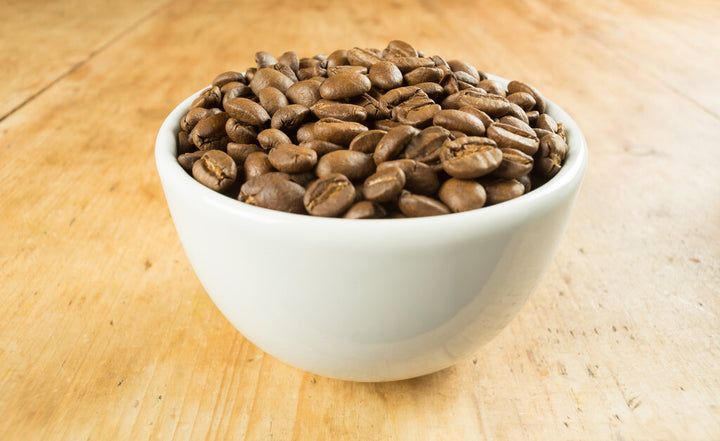

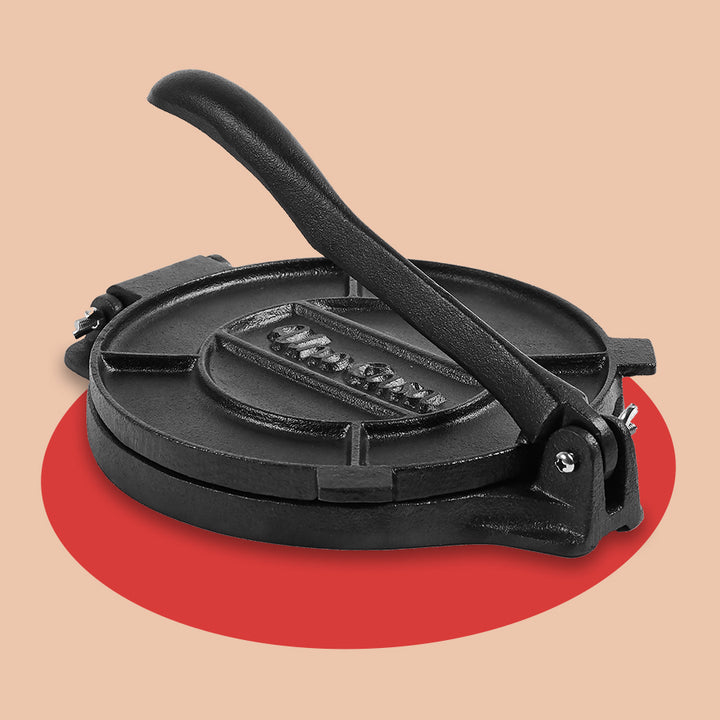
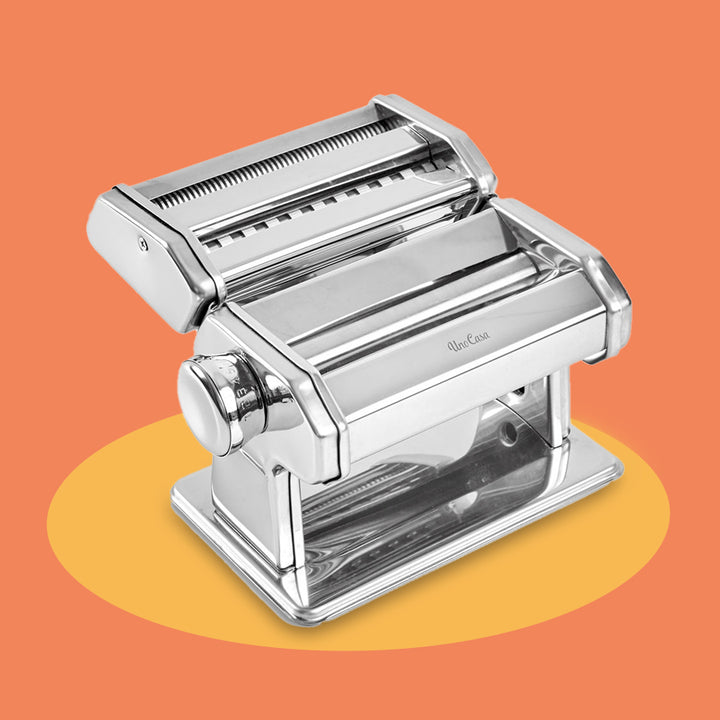
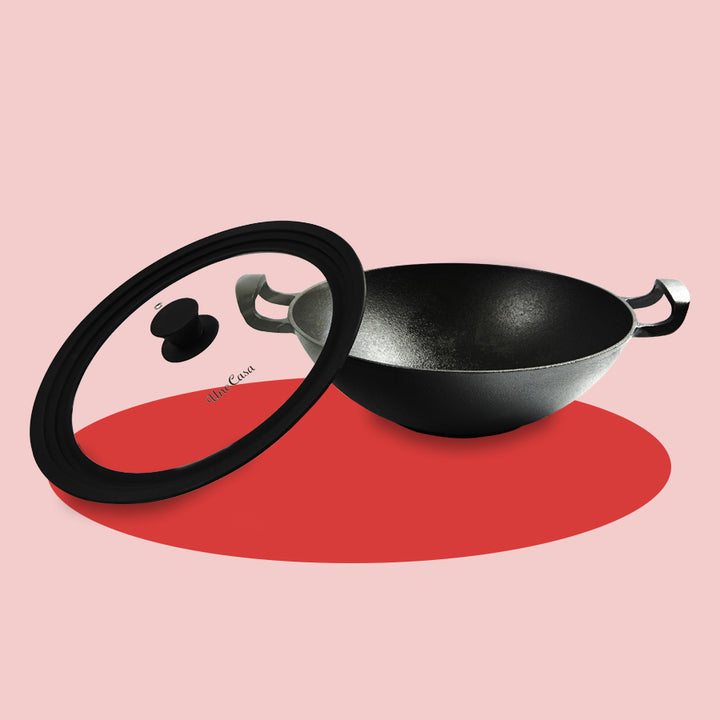
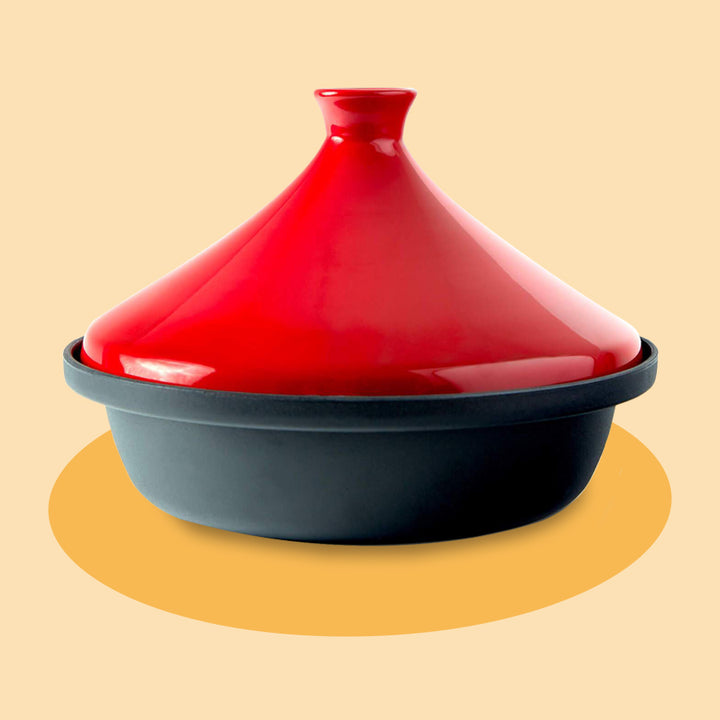
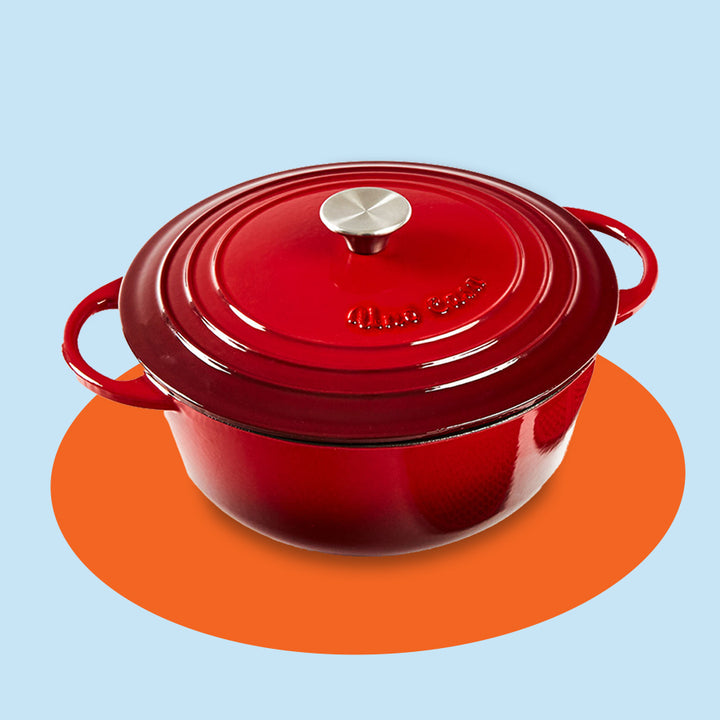
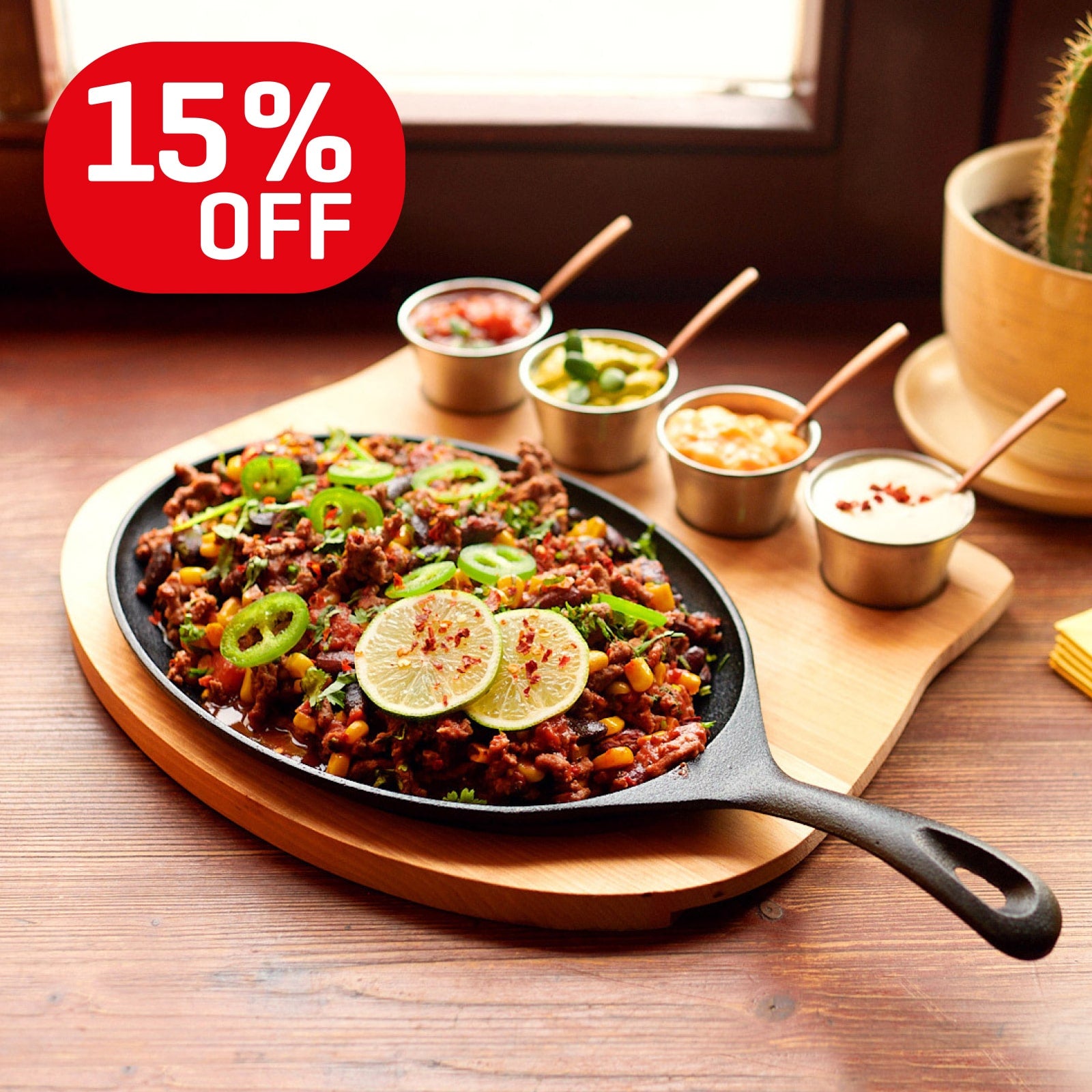

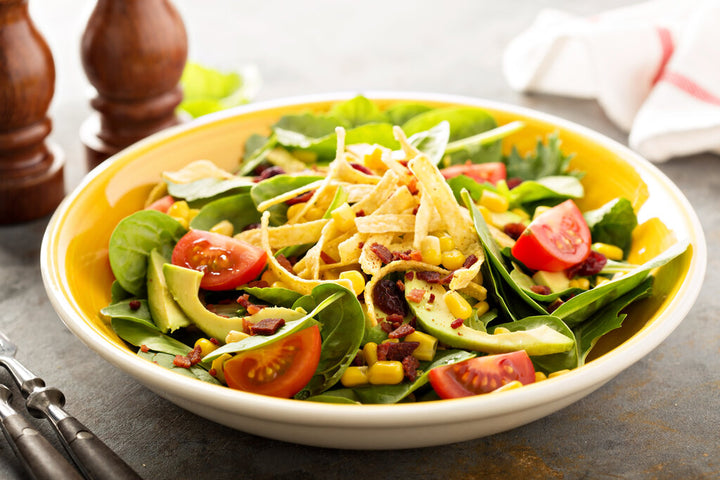
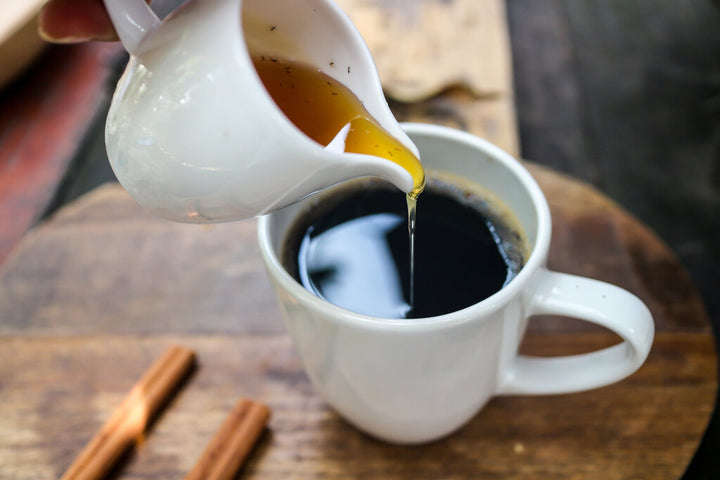
Jo Otto
May 17, 2021
What is this diffuser of which you speak to go between the tagine and my stovetop? I didn’t receive one. thank you.